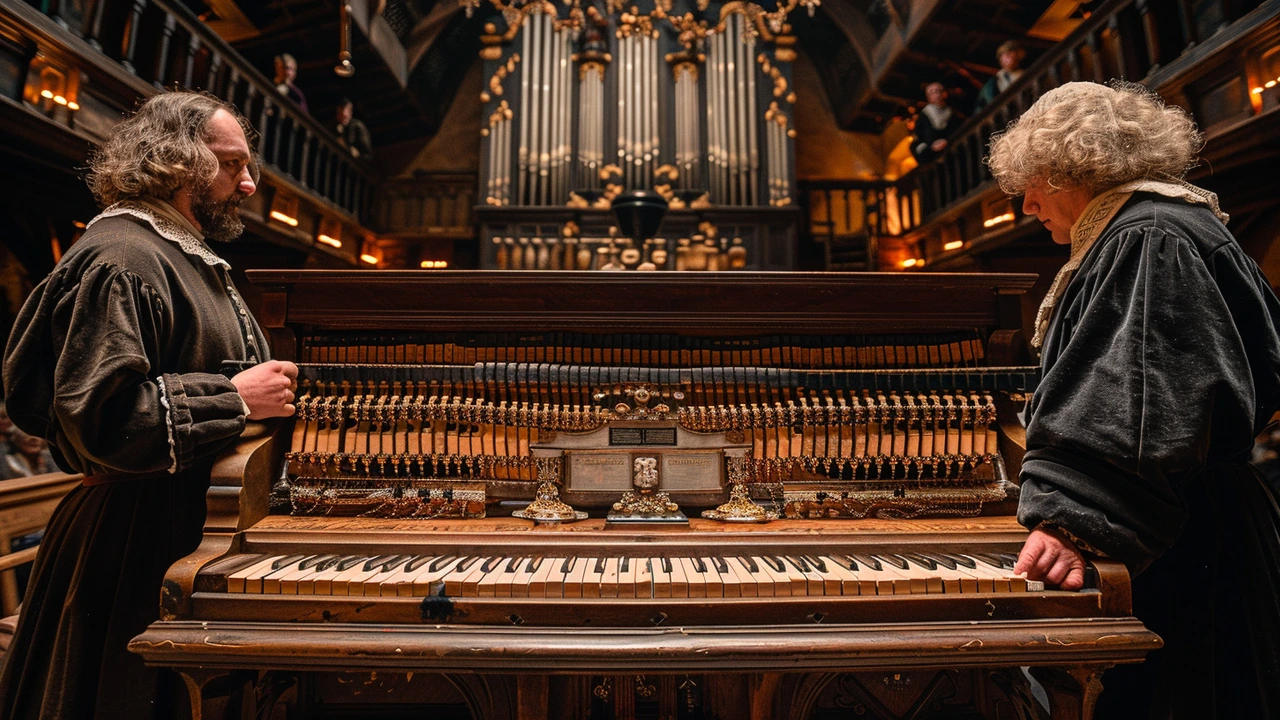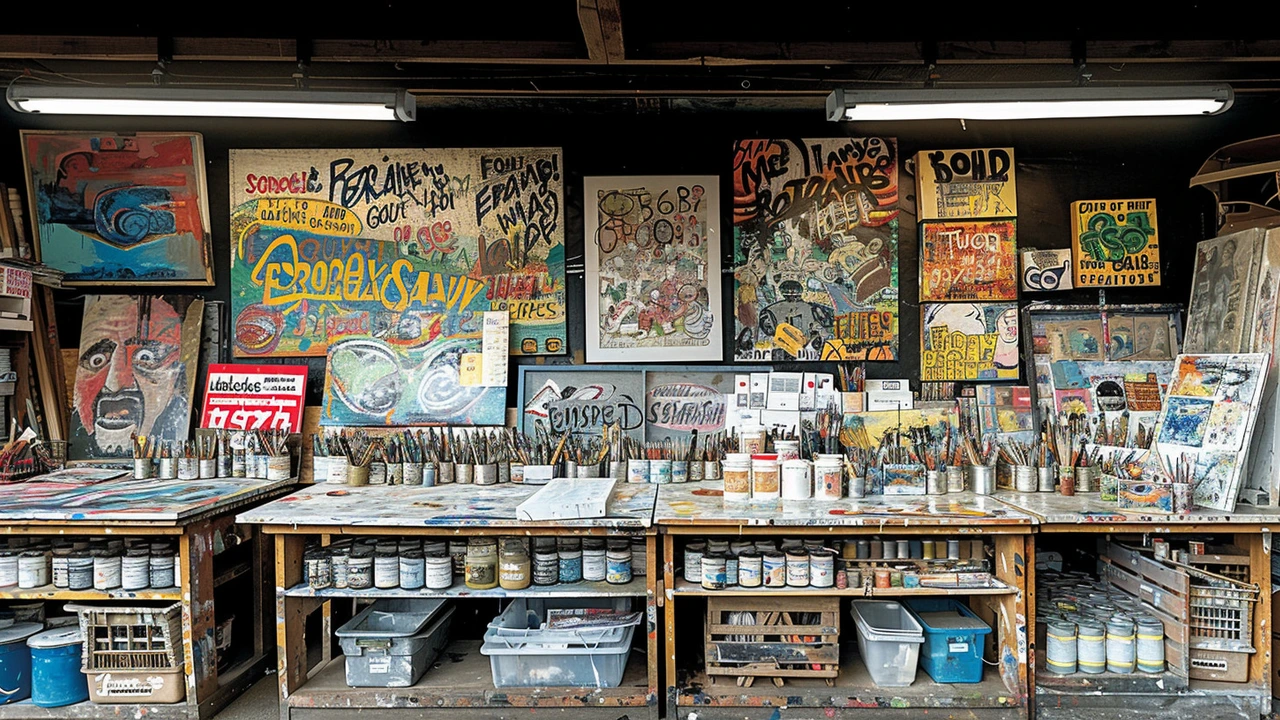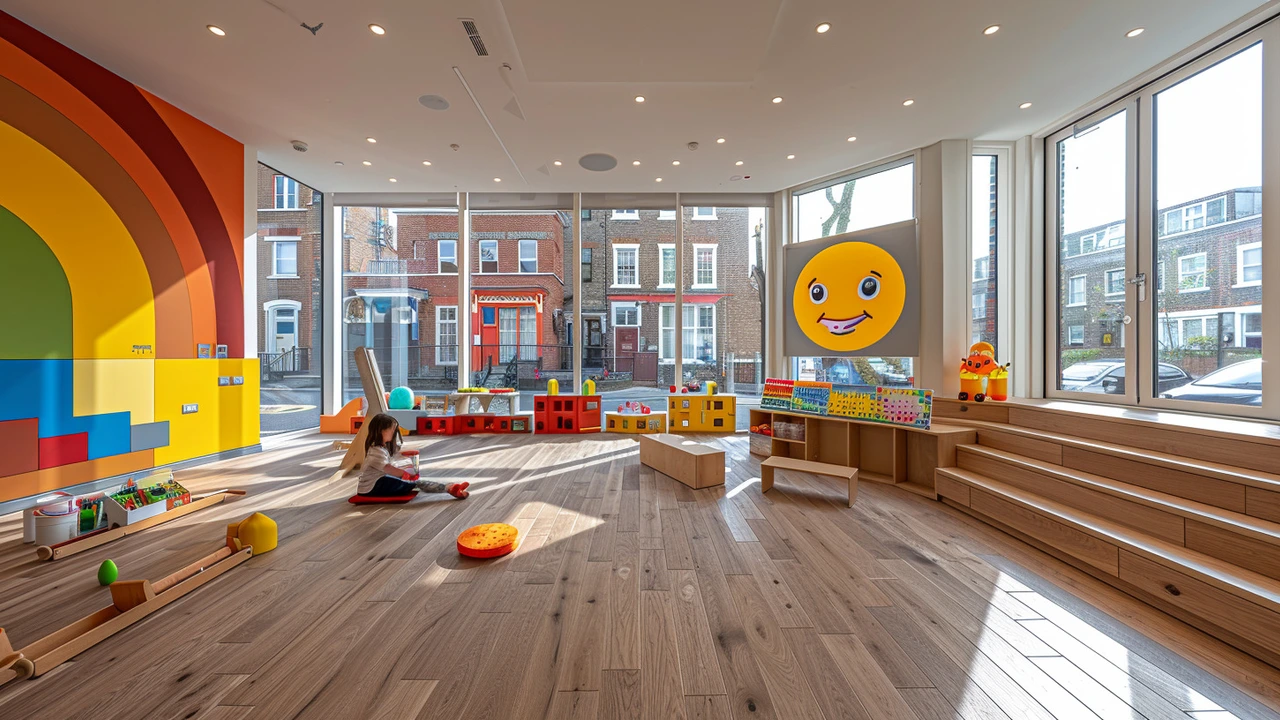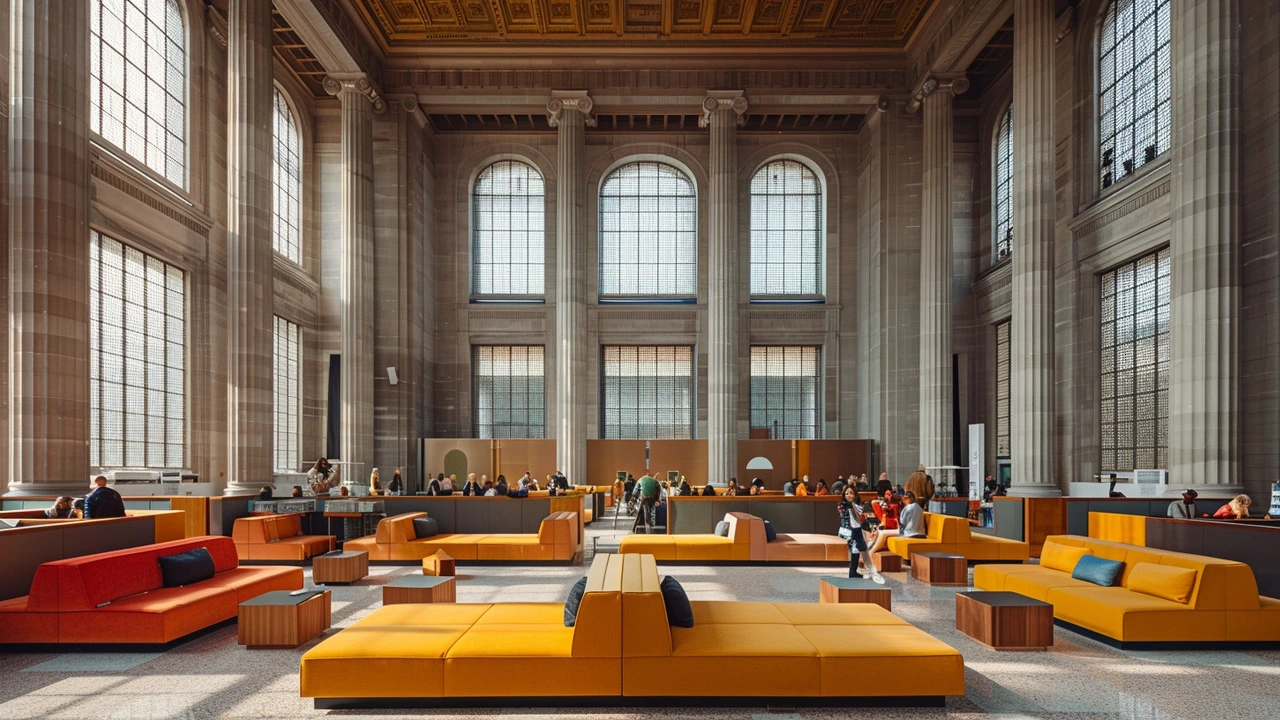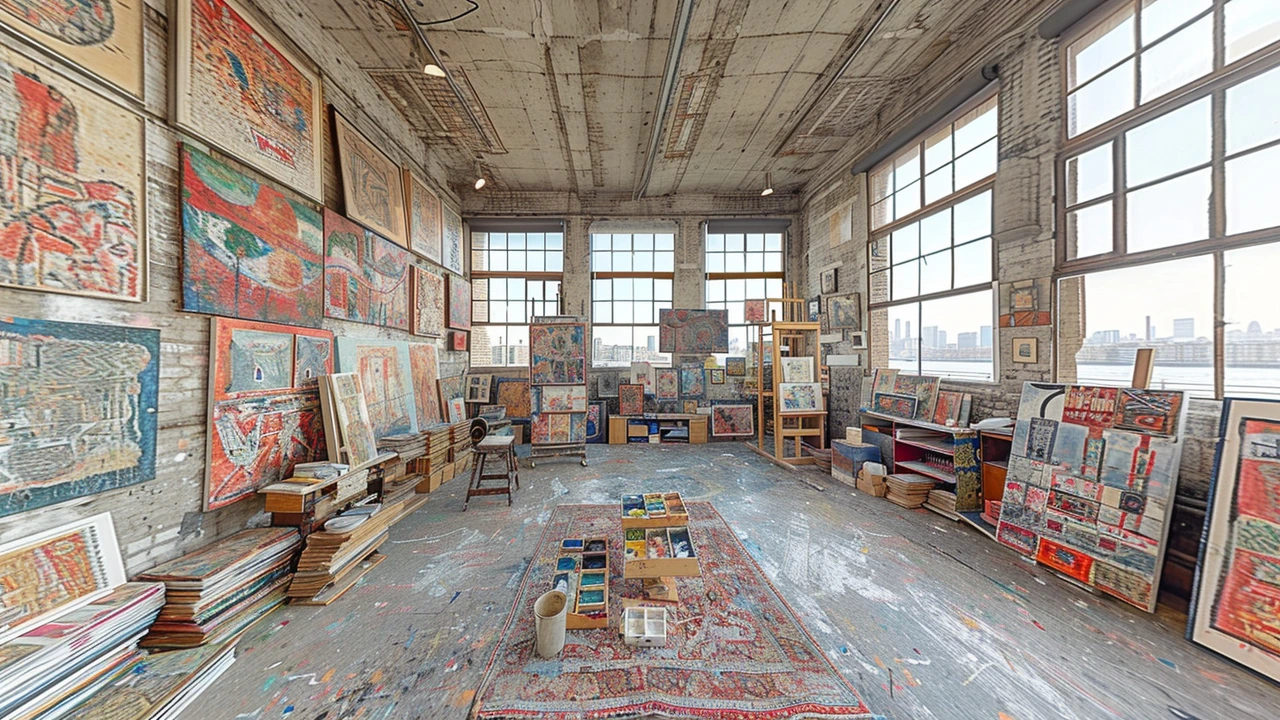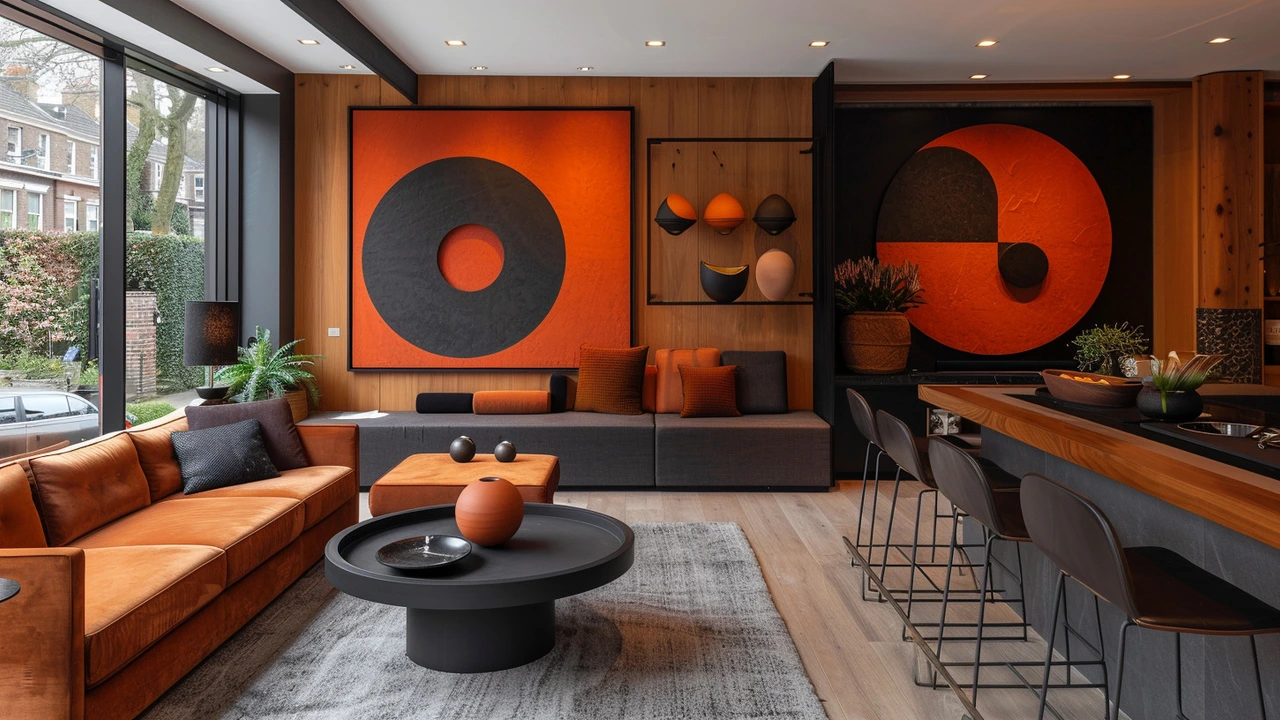May 2024 Art Archive — key reads on movements and teaching
What do a 20th-century design school, 17th-century drama, and 1960s anti-art pranks have in common? In May 2024 Paul Artistry published clear, practical pieces that connect big art movements to how we live, teach, and design today. If you want quick, useful takeaways — not just history — this month’s posts deliver.
What was published
First up: a focused look at Bauhaus. That post breaks down core Bauhaus ideas — form follows function, simple geometry, and unity of craft and art — and shows concrete ways to apply them at home and in product choices. You don’t need to be an architect to use these tips; think layout, furniture choices, and color restraint.
We followed that with a deep read on the Baroque era. Expect clear explanations of Baroque painting, architecture, and music: dramatic light, bold composition, and emotional intensity. The article names major artists and composers and points out where Baroque flourishes still show up in modern stage design, film scoring, and interior drama.
Fluxus appeared in two related pieces this month, each tackling different angles. One frames Fluxus as a movement that intentionally broke rules — mixing performance, objects, and audience participation. The other digs into Fluxus’s anti-art stance and its practical legacy: simple actions, chance operations, and artworks that rely on participation rather than polish.
De Stijl got a clear, short guide explaining its grid-based look and use of primary colors. The post highlights Mondrian and van Doesburg and gives straightforward advice for using De Stijl ideas in interiors and graphics: reduce elements, fix a grid, and pick a strict palette.
Cubism and conceptual art round out the month. The Cubism piece explains fragmentation and multiple viewpoints with examples you can visualize immediately — good for anyone wanting to try collage or redraw a scene from mixed angles. The conceptual art guide is beginner-friendly: it explains how ideas, not objects, drive value, and offers simple ways to read and make conceptual pieces.
Finally, a practical piece on modern art in children’s education ties these movements to the classroom. It lists activities that boost creativity and thinking skills — open projects, observation games, and short group critiques — and explains long-term benefits like problem-solving and visual literacy.
Practical next steps
Want immediate action? Try one simple exercise from these posts: redesign a small corner of your room using Bauhaus restraint, make a tiny Baroque-inspired tableau with dramatic lighting, run a Fluxus-style 10-minute performance with household objects, or set a Cubist collage challenge for kids. Each post includes steps and examples so you can try things today.
Browse the full articles below to read each piece in depth, or pick one idea and try it this week. If you’re teaching, designing, or just curious, May 2024’s archive gives useful, hands-on ways to connect with art movements beyond the museum.


